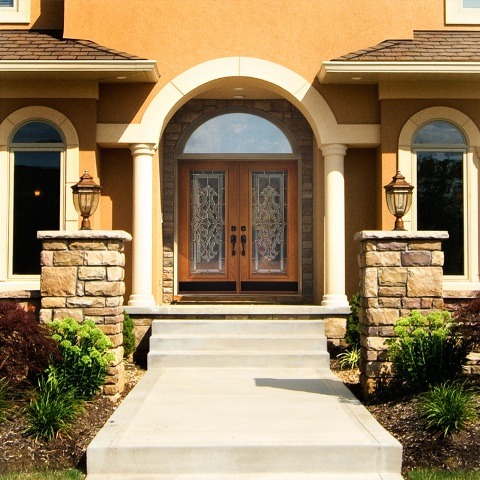


Glass alone is not a great insulator, so it’s important to choose double-pane, low-e glass, like Renewal by Andersen’s SmartSun™ glass, to reduce heat transfer through your windows. However, energy efficiency is not just about the glass. Your window frames and sashes also impact the efficiency of the windows, so it’s important that you choose the right material for your Cincinnati home. Here’s a look at four ways in which your frames and sashes impact window energy efficiency.
Sometimes window sashes and frames start off pretty efficient, but over time, they begin to develop rot and decay. This is especially the case with wooden windows. Vinyl windows are prone to cracking and peeling. Once decay starts to set in, the sash starts to separate from the glass, allowing the glass to wiggle within the sash. Similarly, the sash becomes loose in the frame, allowing air to leak through. In the winter, you may feel cold drafts walking by the window, and in the summer, hot air may blow in, raising your AC costs.
If you’d like to maintain a wooden look without the worry of rot, composite window frames and sashes, like those made from Fibrex®, are a good choice for your Cincinnati home. Fibrex is twice as strong as vinyl.
Another common reason why window energy efficiency decreases with age is because the sashes and frames warp. This occurs in wooden windows a response to changes in temperature and humidity — which are quite frequent in the Cincinnati area. Once the windows warp, gaps form between the sash and frame, and cold air can blow in.
Fibrex windows from Renewal by Andersen are better at withstanding changes in temperature and humidity. They won’t warp as your windows age, so they remain energy-efficient throughout their lifetime.
Some window styles fit more tightly into the frame than others, thus allowing for fewer air leaks. Casement windows, for example, are considered to be the most efficient window option because of the way they lock into their frames. Double-hung windows can also fit very tightly into the frame, but they must be carefully installed by a knowledgeable professional to ensure this snug fit. DIY windows are not always properly sized, which results in air leaks and a loss of efficiency.
Heat can also pass straight through the material that comprises your window sashes and frames. Some sash and frame materials are better insulators than others, which mean that they block more heat transfer. Aluminum windows are the worst insulator. In fact, aluminum is a conductor that easily lets heat pass through it! Vinyl, fiberglass and wood are decent insulators. Fibrex windows are excellent insulators, and they don’t require any maintenance to keep them that way.
Renewal by Andersen’s Fibrex windows truly are top-of-the-line when it comes to window energy efficiency. They offer excellent insulating properties, resist warping and rotting, and are made to fit tightly into your window frames. As an added bonus, Fibrex is made with reclaimed wood fibers, making it a sustainable option. It is Energy Star qualified and also meets GreenSeal’s environmental standards. Contact us to learn more about Fibrex and schedule a free consultation in your Cincinnati home.